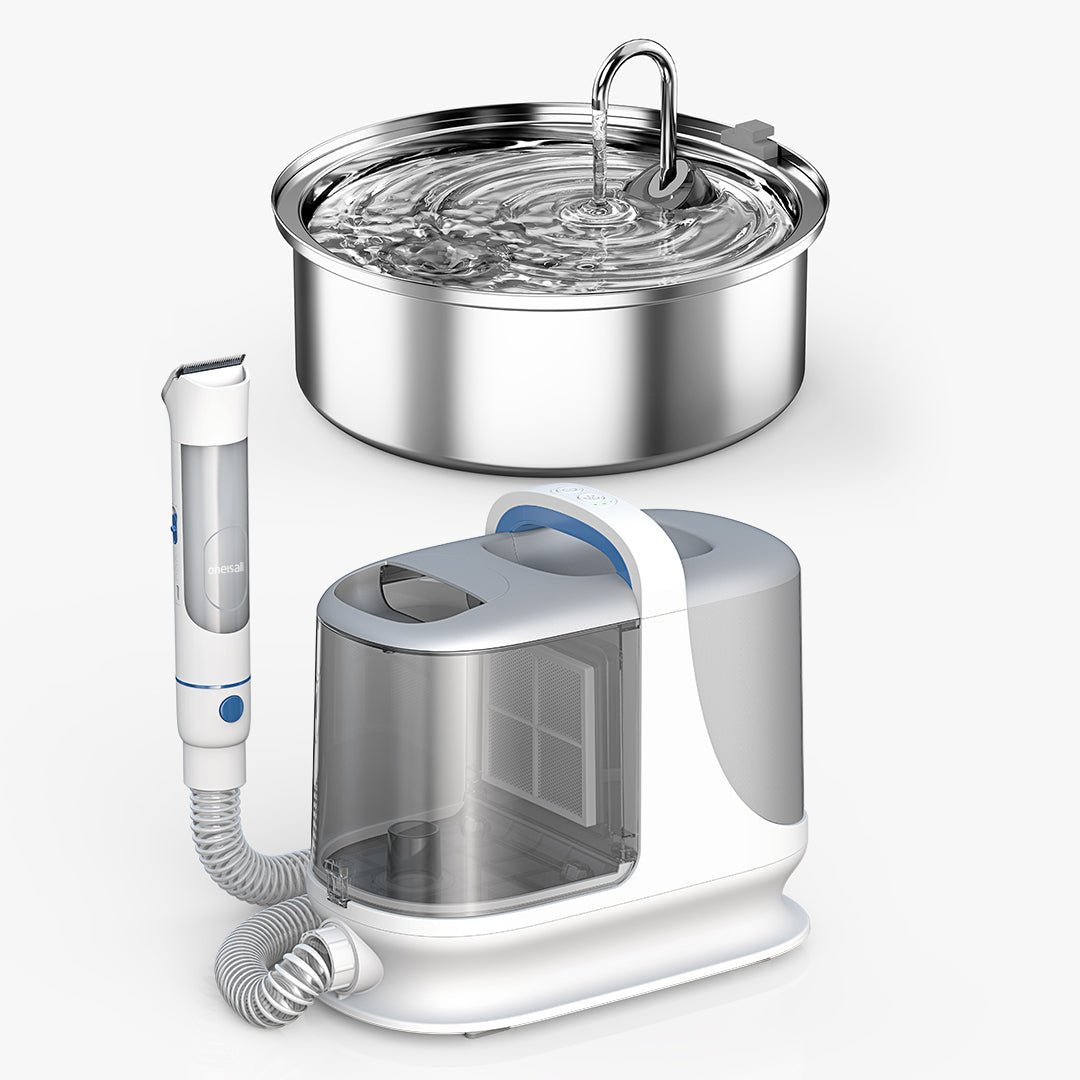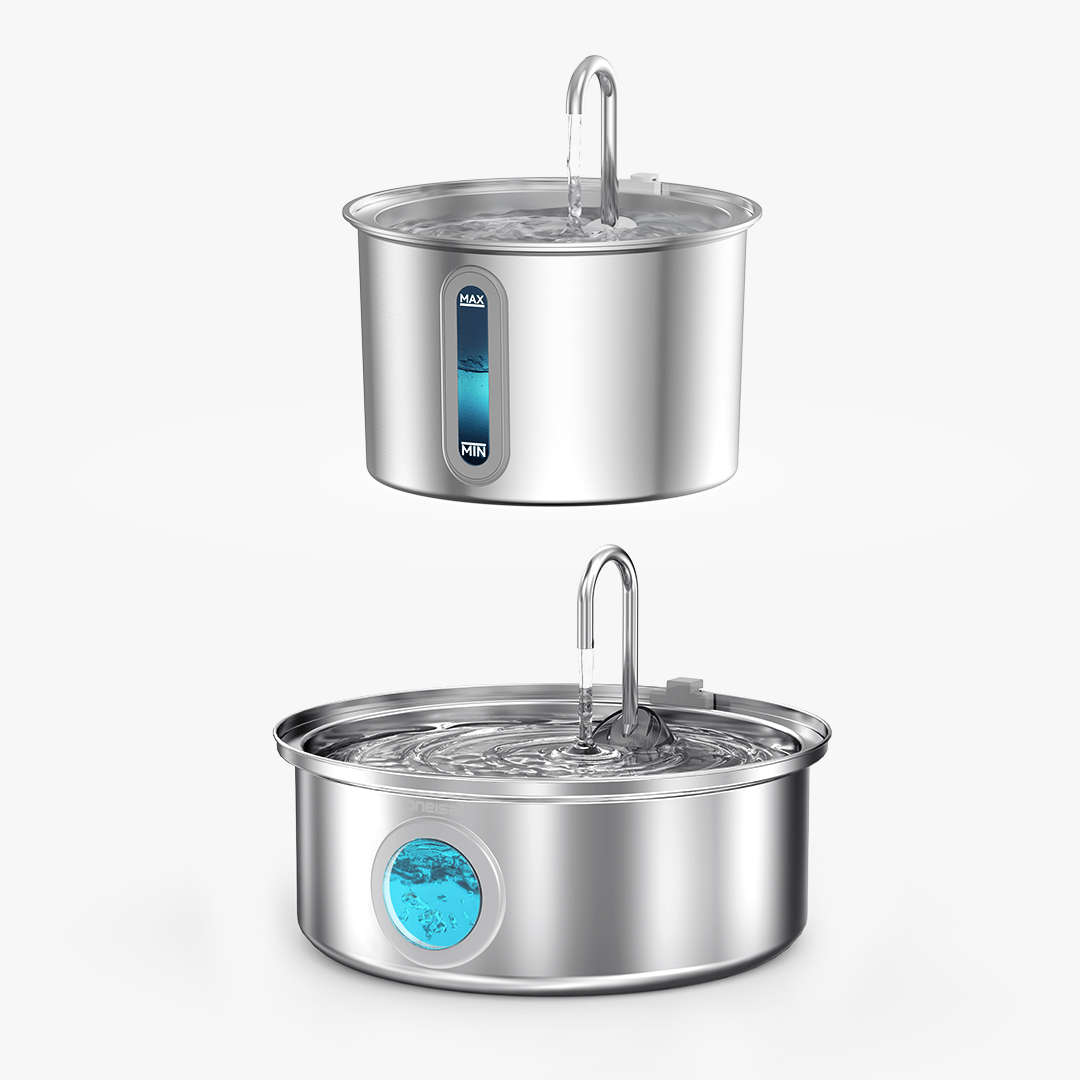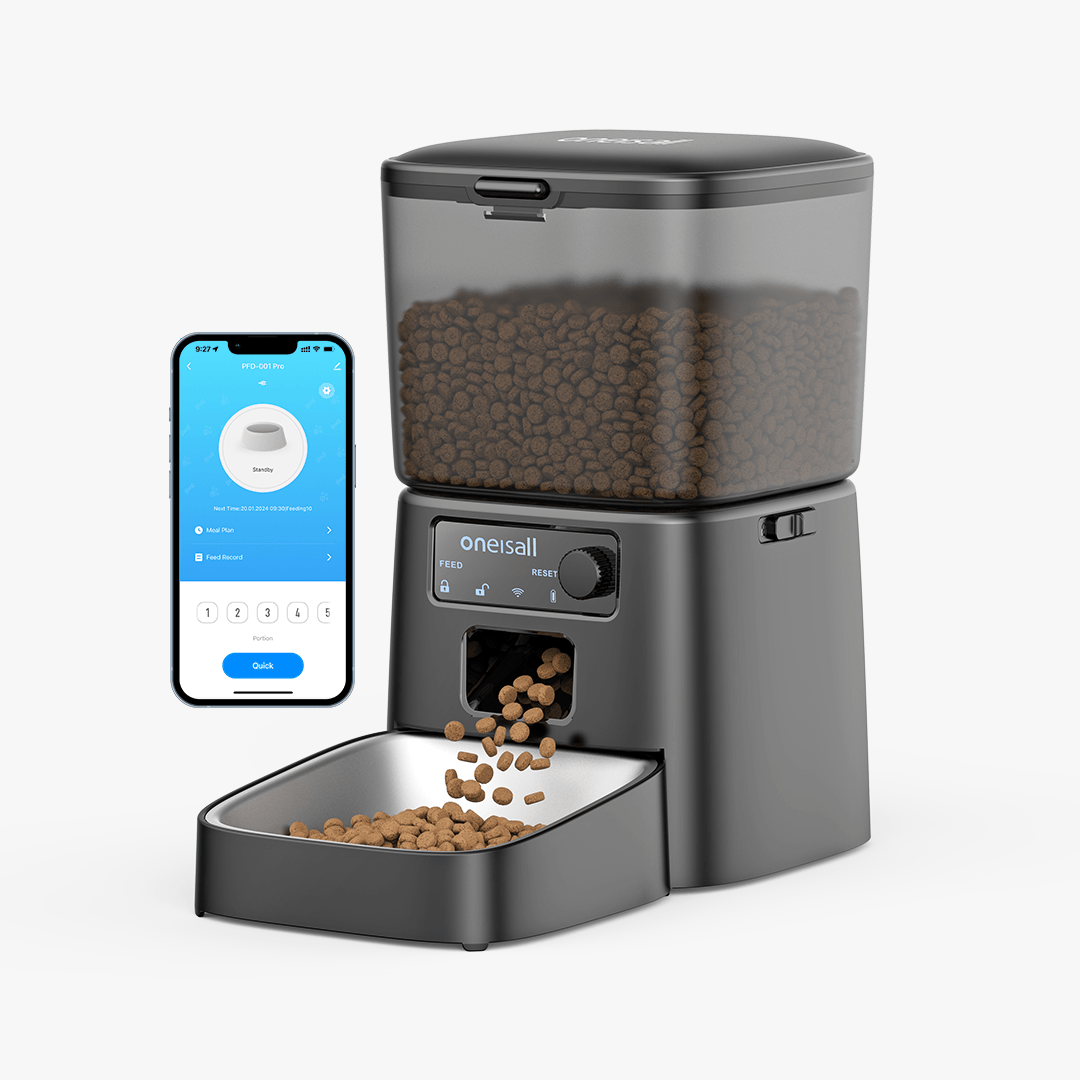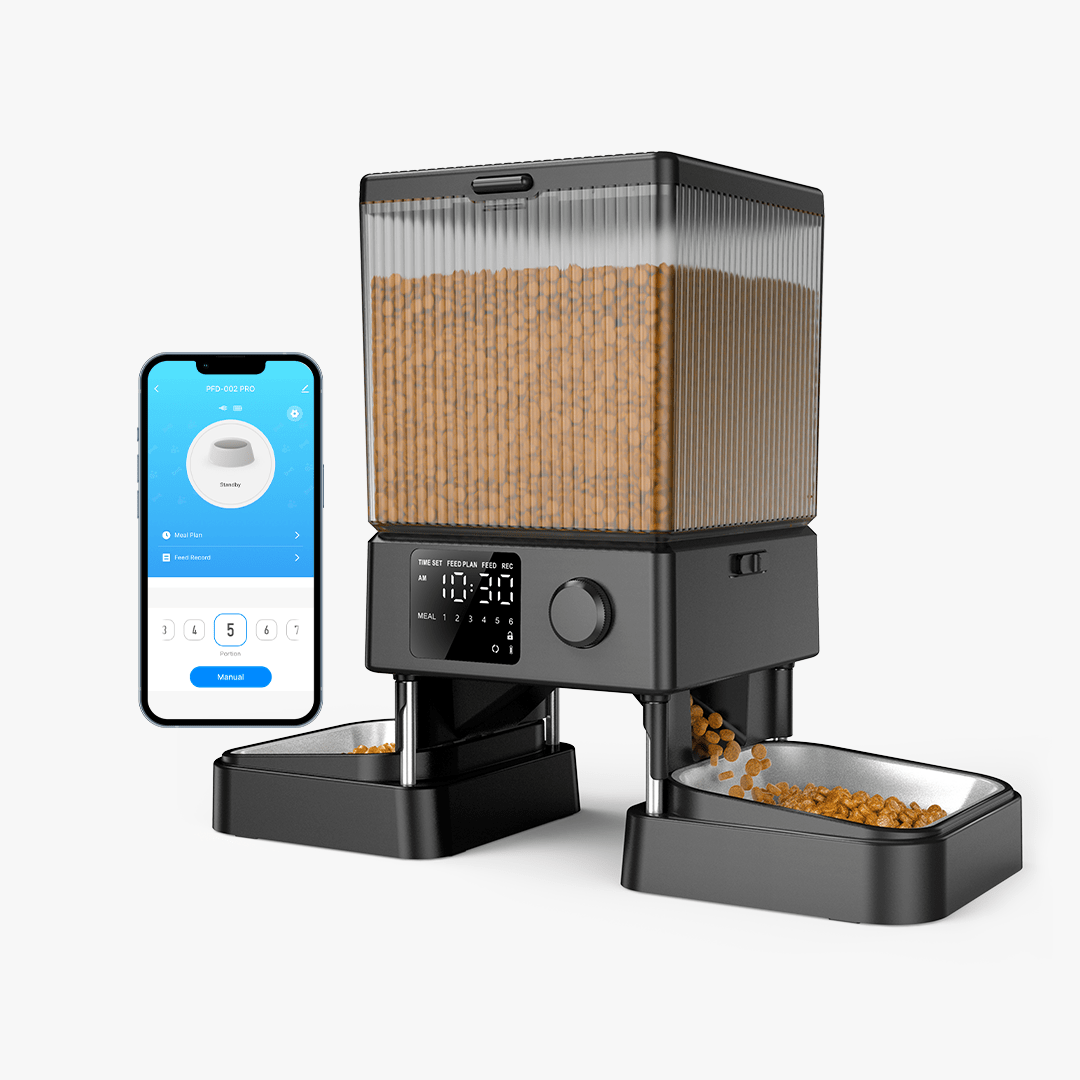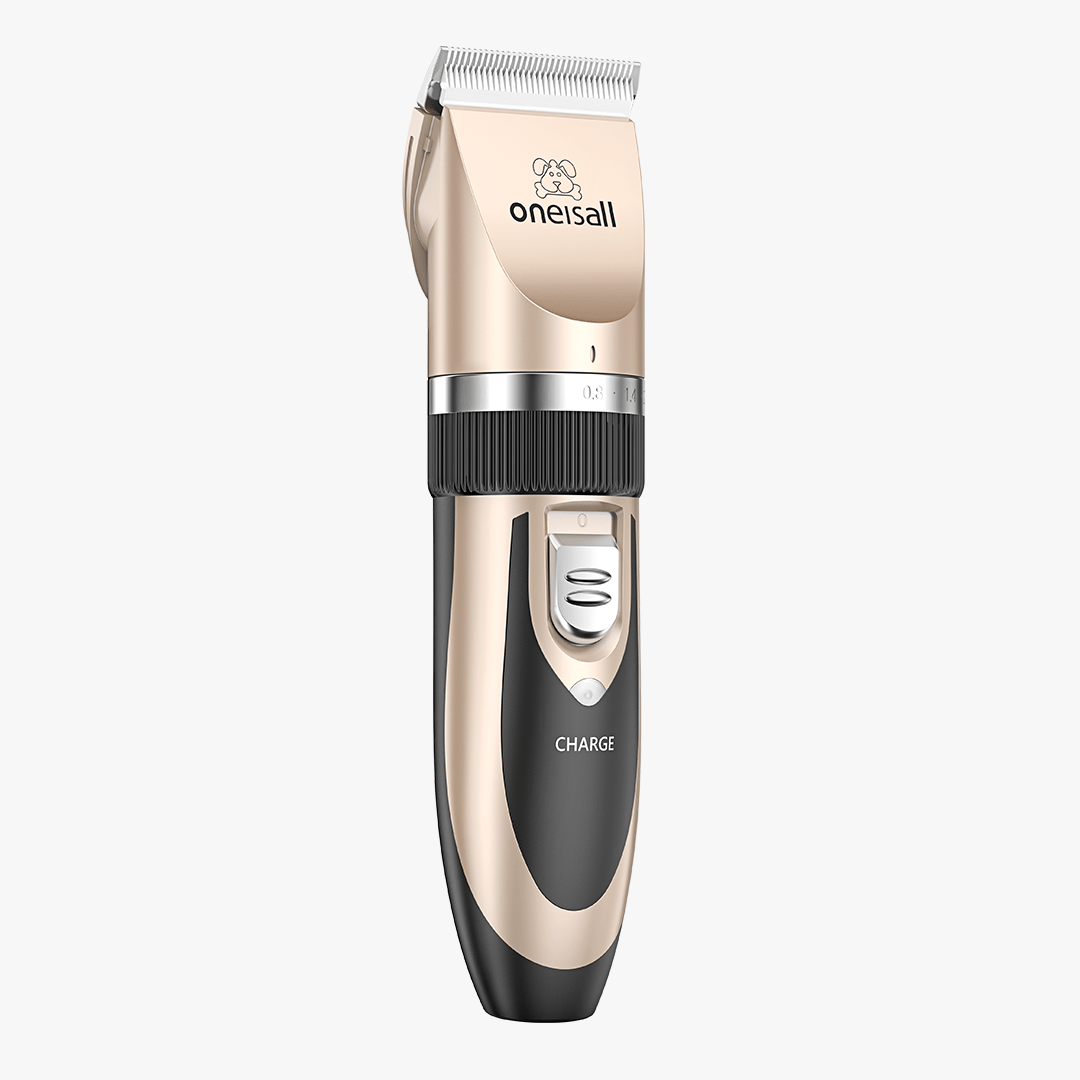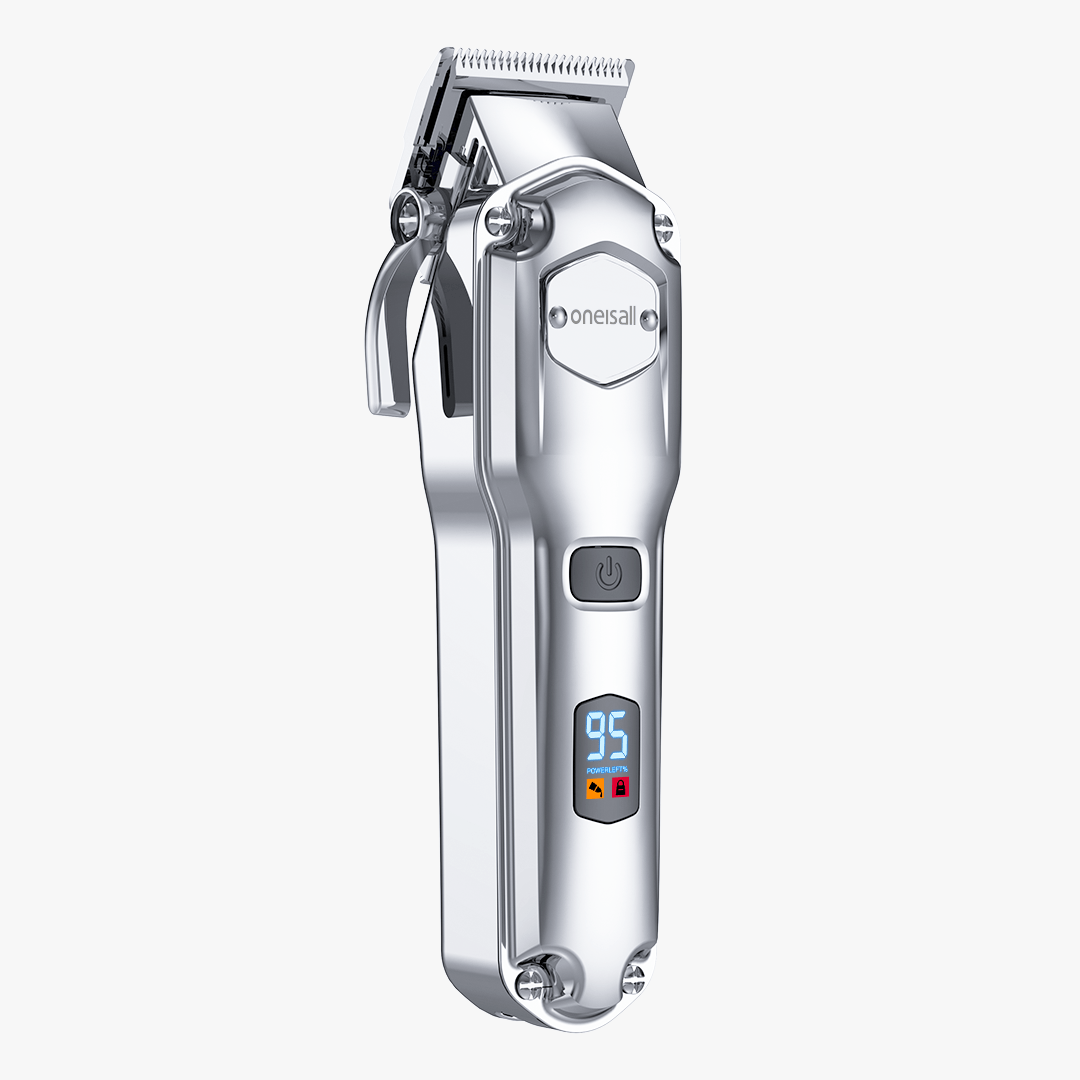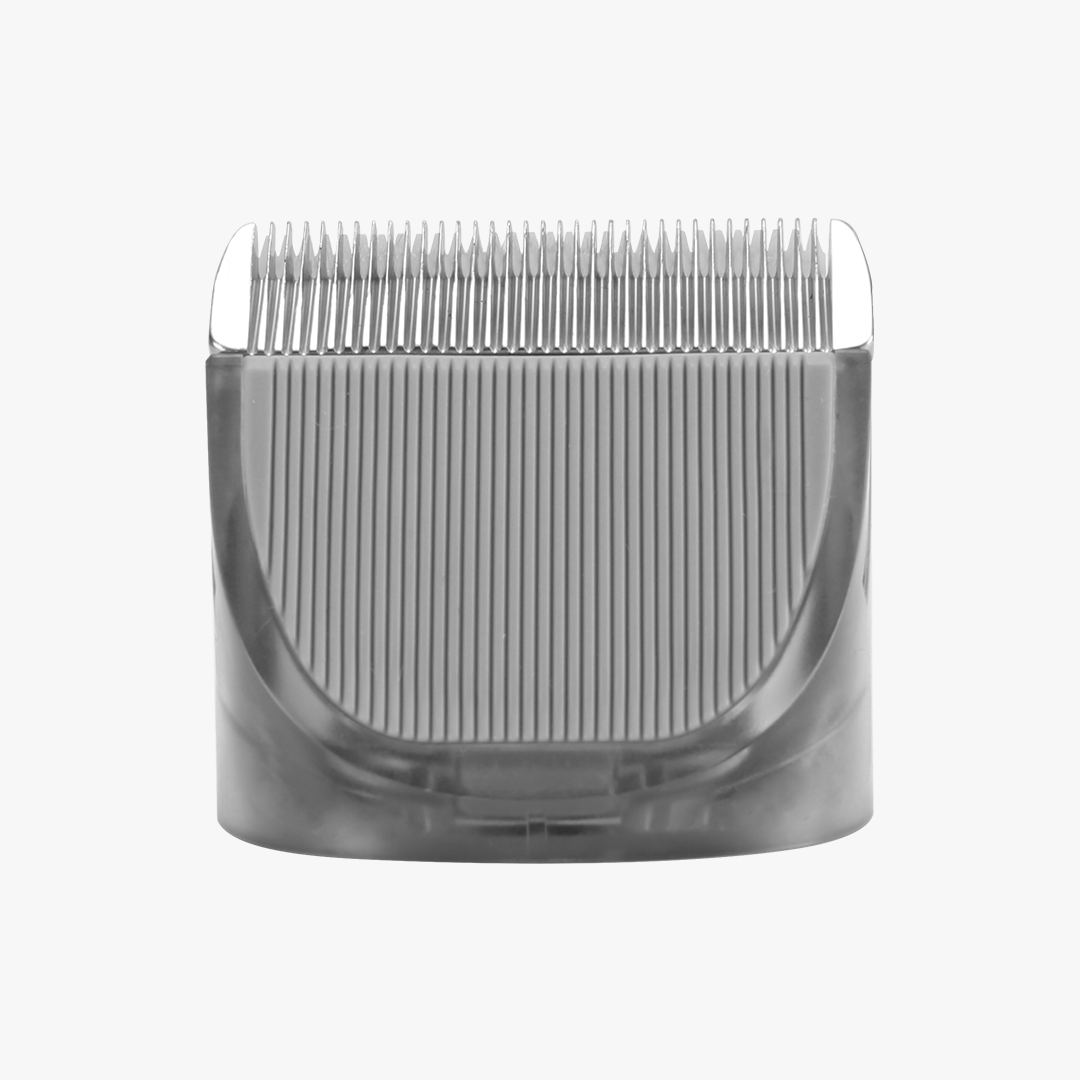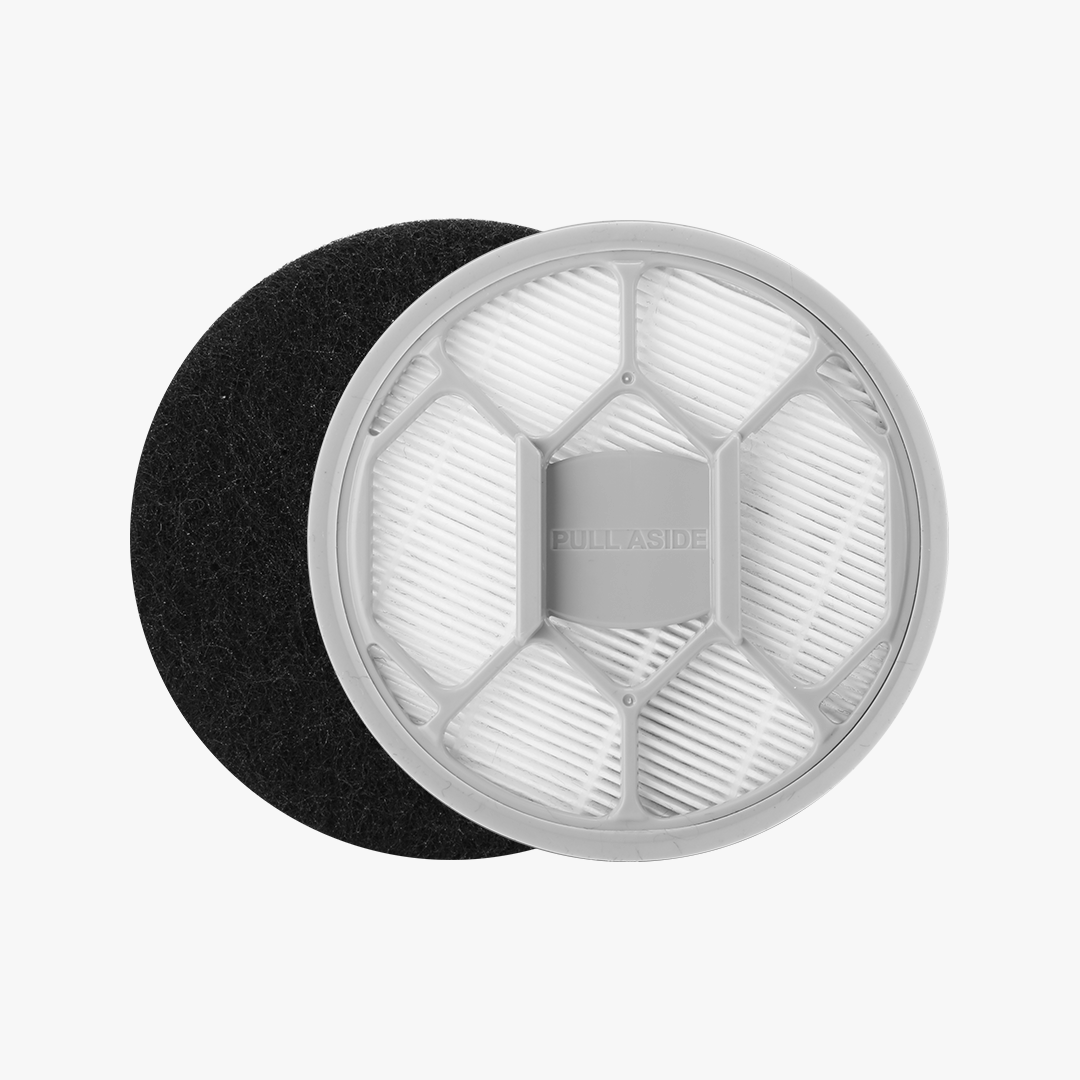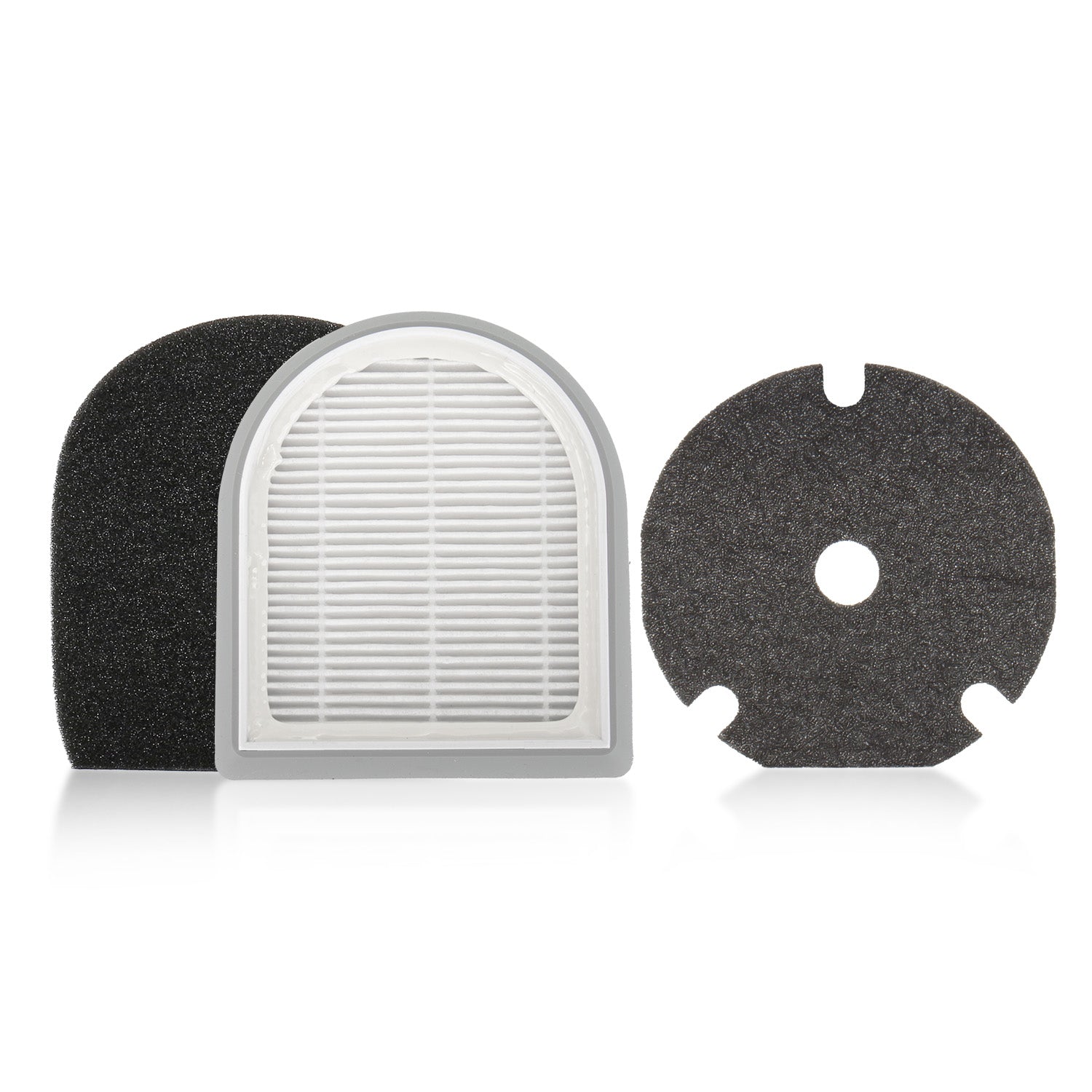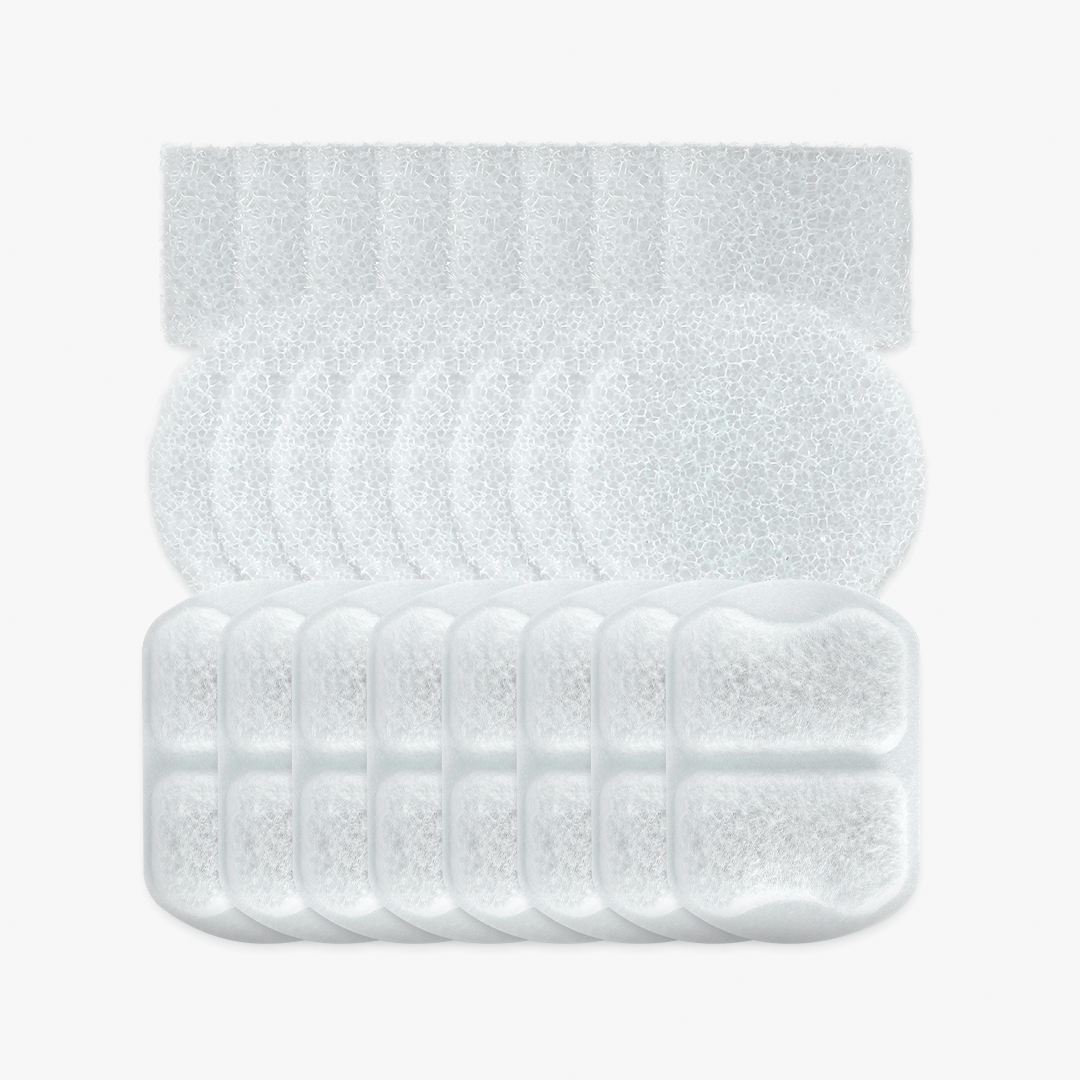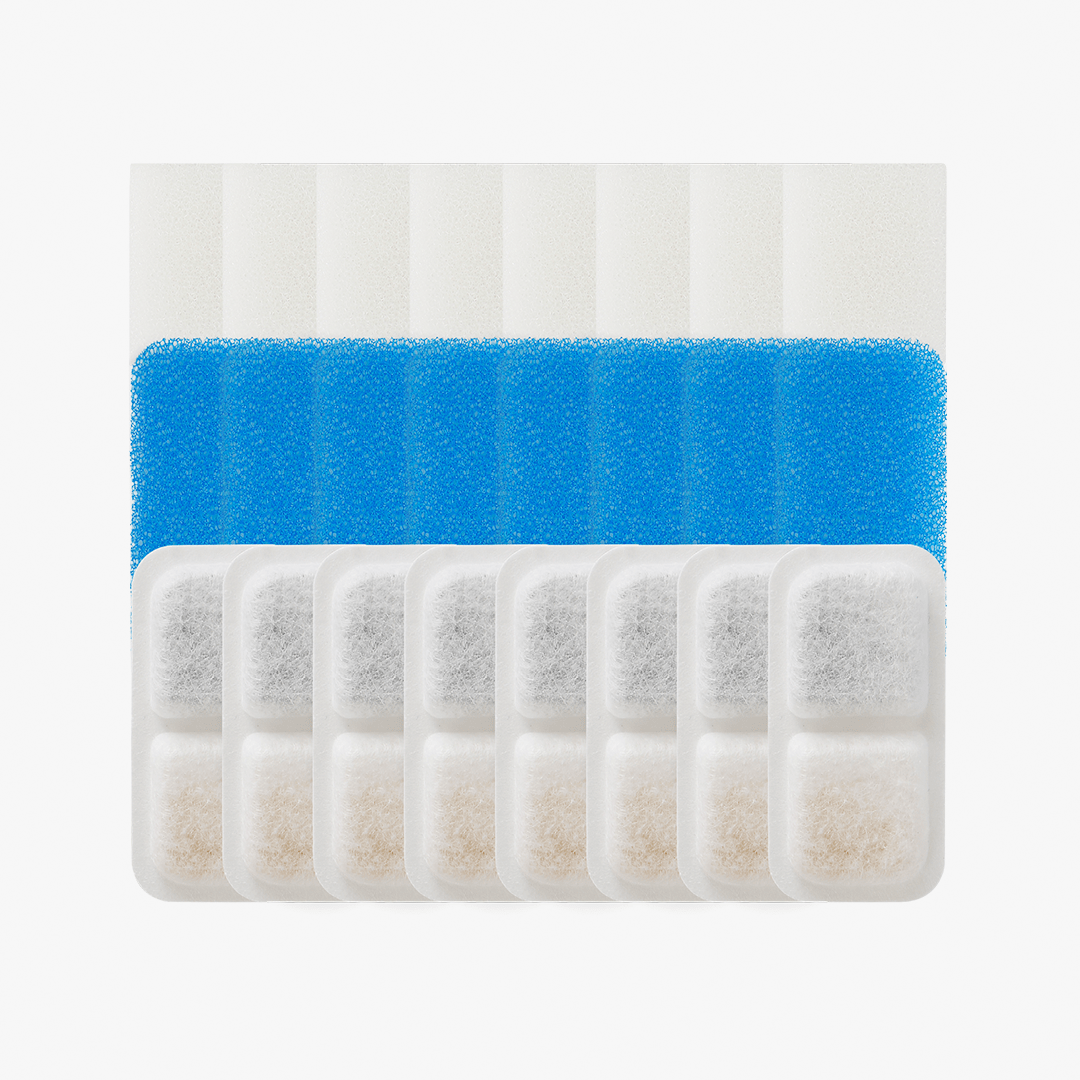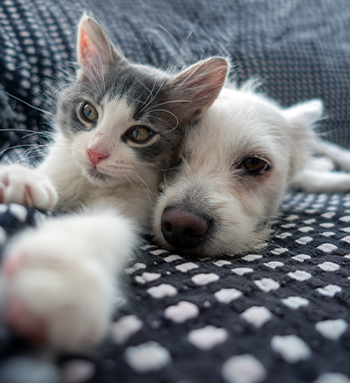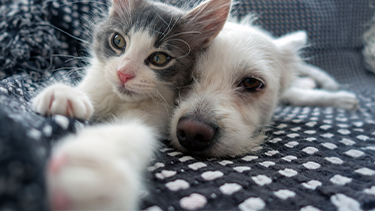Why is My Dog Shedding So Much?
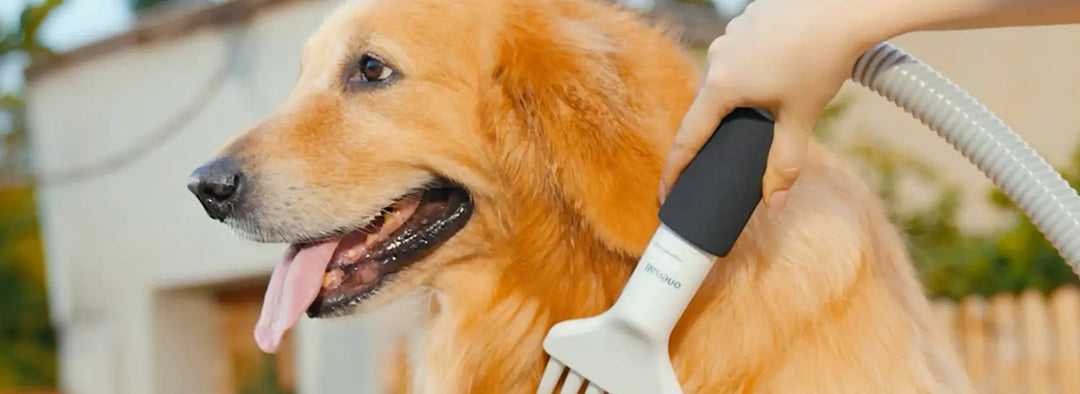
Shedding is a natural process that helps dogs shed old or damaged hair. However, excessive shedding can signal an underlying issue. Understanding what's normal for your dog and taking steps to manage shedding can help maintain a healthy coat.
Is Your Dog’s Shedding Part of Their Natural Cycle?
Many dogs shed more in spring and fall as they adjust to the changing temperatures. This seasonal shedding is normal, but if shedding occurs year-round, it could signal a problem.
How Much Shedding Is Considered Normal?
Shedding amounts can vary based on breed, coat type, and health. Some dogs shed more, while others shed less. A healthy dog typically sheds small amounts daily or during seasonal changes, without developing bald patches or skin irritation.

What Causes Excessive Shedding in Dogs?
Seasonal Shedding and Coat Changes
Seasonal shedding is common, especially in spring and fall when dogs prepare for warmer or cooler weather. This process helps them grow a lighter coat for summer and a thicker one for winter.
Breed-Specific Shedding Patterns
Some dog breeds, particularly those with double coats, shed more than others. Breeds like Huskies, Golden Retrievers, and German Shepherds shed heavily because their coats help regulate temperature.
Hormonal Imbalances and How They Affect Shedding
Hormonal imbalances, such as those caused by thyroid disease or Cushing's disease, can disrupt normal shedding. These conditions may lead to increased hair loss and often require veterinary treatment to restore hormone balance.
Medical Conditions That Lead to Hair Loss
Health issues like inflammatory bowel disease, autoimmune disorders, and skin infections can cause excessive shedding. If your dog’s shedding is accompanied by symptoms like itching, redness, or bald patches, consult your vet.
Stress and Anxiety as Triggers for Excessive Shedding
Stressful events, such as a change in routine, new people, or loud noises, can trigger shedding. Dogs release stress hormones like cortisol, which can affect their hair follicles and increase shedding.
The Impact of Allergies on Your Dog’s Coat
Allergies to food, environmental factors, or grooming products can irritate your dog’s skin and cause excessive shedding. Identifying the cause of the allergy can help you manage the shedding and prevent further skin issues.
Poor Diet and Nutrition’s Role in Hair Health
A poor diet lacking essential nutrients like omega-3 fatty acids and vitamins can weaken your dog’s coat and hair follicles. A balanced, nutrient-rich diet is crucial for a healthy, shiny coat.
Skin Conditions and Parasites That Cause Hair Loss
Parasites like fleas, ticks, and mites can irritate the skin, leading to increased shedding. Skin conditions such as fungal infections or eczema can also cause hair loss, so it’s important to check for parasites and skin health regularly.
Aging and Its Effect on Dog Shedding
As dogs age, their hair growth cycles slow, and they may shed more due to changes in their coat and skin health. This is a normal part of aging, and older dogs may experience thinning coats and increased shedding.
Related Reading: Why Is My Cat Shedding So Much
How to Manage and Reduce Excessive Shedding in Dogs?
Step 1: Understand Normal Shedding Patterns
First, it’s important to understand what’s normal for your dog. Many dogs shed more during seasonal changes, and some breeds naturally shed more than others. Knowing your dog’s typical shedding cycle helps you recognize when it's excessive.
Step 2: Create a Consistent Grooming Routine
Brushing your dog regularly is key to controlling shedding. It removes loose fur and stimulates hair follicles. The frequency of brushing depends on your dog’s coat type and how much they shed. Be sure to brush before and after bathing for the best results.
Step 3: Improve Your Dog’s Diet for Healthier Skin and Coat
A healthy diet helps reduce shedding. Ensure your dog’s food contains omega-3 and omega-6 fatty acids, which promote a shiny coat. Consult your vet about adding supplements to improve coat health if necessary.
Step 4: Reduce Stress and Anxiety to Prevent Shedding
Stress and anxiety can increase shedding. To reduce stress, maintain a consistent routine, provide a calm environment, and minimize stressful situations, like loud noises or sudden changes, to help prevent shedding triggered by anxiety.
Step 5: Bathe Your Dog Regularly to Maintain Coat Health
Regular baths help remove excess hair and maintain a healthy coat. Use a gentle, moisturizing shampoo, like oatmeal-based ones, to soothe the skin. Avoid over-bathing, as this can dry out your dog’s skin and lead to more shedding.
Step 6: Use the Right Tools for Grooming and Brushing
The right grooming tools are essential for managing shedding. For example, a Deshedding Brush works well for removing loose fur and stimulating the skin. For the best results, choose the right tool based on your dog’s coat type (short, long, curly, or wiry).
Step 7: Monitor Your Dog’s Health for Underlying Issues
Keep an eye on your dog’s overall health. If there’s excessive shedding, it could be due to underlying medical issues like allergies, parasites, or hormonal imbalances. Regular vet visits can help catch any problems early.
Related Reading: How to Reduce Shedding in Dogs

When to See a Vet About Your Dog’s Shedding?
Warning Signs of Abnormal Shedding
If your dog’s shedding goes beyond normal seasonal shedding or is accompanied by symptoms like bald patches, itching, or skin irritation, it’s time to see a vet.
How a Vet Can Diagnose Underlying Health Issues
A vet can evaluate your dog’s shedding patterns and identify possible health issues. They may check the coat, skin, and overall health to see if the shedding is due to allergies, parasites, or other conditions.
Common Tests and Treatments for Excessive Shedding
Your vet may suggest blood tests, skin scrapings, or allergy testing to pinpoint the cause of excessive shedding. Treatment could include medications, dietary changes, or parasite control to help reduce shedding.
What to Expect During a Vet Visit for Shedding Concerns
During your visit, your vet will ask about your dog’s diet, behavior, and grooming habits. A physical exam and possibly lab tests will help determine if there's an underlying issue causing the shedding.
Not Sure Whether to See a Vet?
When Shedding is Just Part of Aging or Genetics
Shedding can be normal as your dog ages, or due to their breed’s genetic tendencies. Some dogs naturally shed more, especially during seasonal changes or because of their coat type. However, if shedding seems excessive or unusual, it’s important to consult your vet.
Identifying Severe Cases That Require Professional Attention
If your dog is shedding excessively along with other symptoms like vomiting, diarrhea, unexplained weight loss, or signs of pain, seek professional help immediately.
How to Make an Informed Decision About Vet Visits
If you’re unsure whether your dog’s shedding warrants a vet visit, it’s always best to consult your veterinarian. They can help you decide whether a visit is needed based on the severity of the shedding and any other symptoms your dog may have.
FAQs
Is My Dog’s Shedding Related to Their Breed?
Yes, shedding is often related to breed. Some breeds naturally shed more, while others shed less or not at all.
Heavy Shedding Breeds:
-
Akita
-
Alaskan Malamute
-
Beagle
-
Chow Chow
-
German Shepherd
-
Golden Retriever
-
Labrador Retriever
Non-Shedding Breeds:
-
American Hairless Terrier
-
Maltese
-
Poodles
-
Portuguese Water Dog
-
Schnauzers
Can Stress Cause My Dog to Shed Excessively?
Yes, stress can cause shedding. When a dog feels anxious, their body releases stress hormones like cortisol, which can lead to increased hair loss.
How Can I Stop My Dog from Shedding All Over the House?
To manage shedding:
-
Brush regularly: Frequent brushing removes dead fur and reduces shedding.
-
Use de-shedding shampoo: Bathe your dog with a gentle shampoo to reduce hair loss.
-
Clean often: Vacuum regularly and use a lint roller on clothes and furniture.
Should I Switch My Dog’s Food to Help with Shedding?
Yes, switching to a diet designed for skin and coat health can help reduce shedding. Look for foods rich in omega-3 fatty acids, zinc, and vitamins A and E. Always consult your vet before changing your dog’s food.
How Can I Prevent Shedding in My Dog Long-Term?
To reduce shedding long-term:
-
Brush regularly
-
Feed a balanced diet rich in omega-3 fatty acids
-
Keep your dog free of fleas
-
Bathe your dog as needed
-
Ensure hydration
Conclusion
Regular grooming, a healthy diet, and a stress-free environment are key to controlling shedding and keeping your dog’s coat in top condition. If you're concerned about excessive shedding, don’t hesitate to reach out to your vet. They can help identify any health issues and guide you on how to manage shedding effectively.











